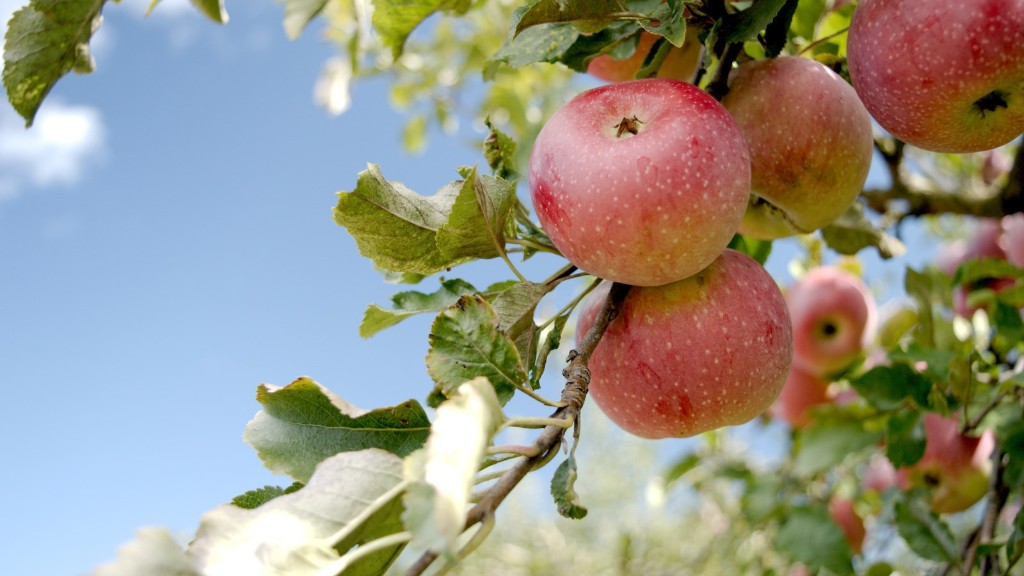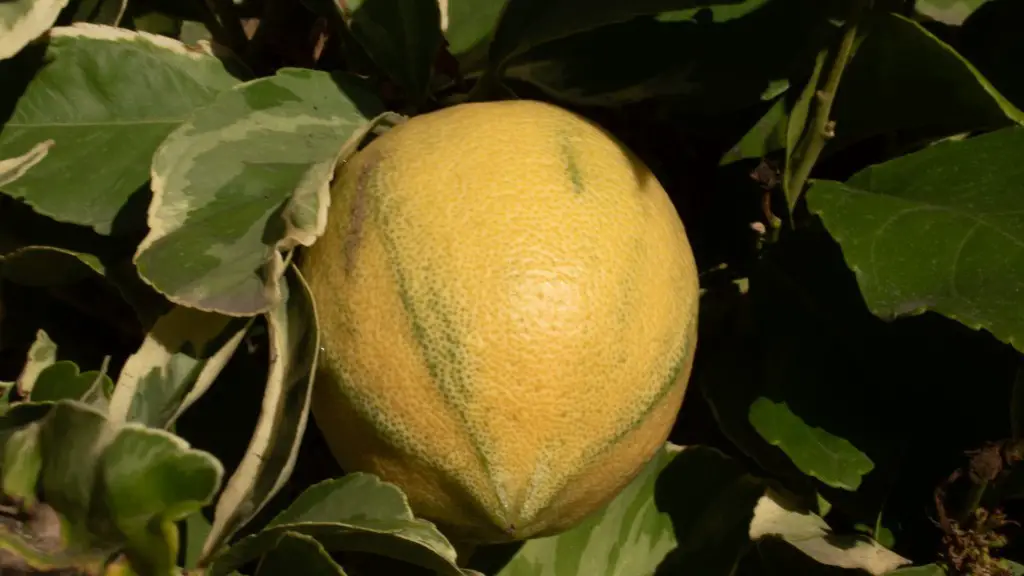Palm trees have some of the highest rates of photosynthesis and oxygen production of any plants on the planet. They are also incredibly beautiful, providing a touch of the exotics to any outdoor space. Of course, for these impressive plants to thrive, they need to be planted in the right soil.
Generally speaking, palm trees prefer soils that are slightly acidic, but not overly so. The ideal pH range is around 6.0 to 7.0. Any higher or lower than that can have an adverse effect on the tree’s growth and health. If you have hard or clay soils, adding organic compost can help to neutralize the acids in the soil, bringing the pH closer to the ideal range.
Palm trees also appreciate rich, well-drained soil. Sandy and loamy soils are often the best for this type of plant. The most important factor is that the soil has good drainage; palm trees don’t do well when left in a pool of water for longer periods of time.
If your soil is lacking in nutrients, there are a few things you can do to remedy this. Adding organic compost or fertilizer to your soil can help add some much needed nutrients. You can also use mulch to retain moisture and discourage weeds.
Finally, it’s important to ensure your palm tree gets enough sunlight. While they can tolerate some shade, they perform best when they get at least 6 hours of sunlight a day. This will help them to grow and stay healthy.
Fertilizing
Fertilizers can be used to supplement the nutrients in your soil, as well as help promote healthy growth and development in your palm trees. When it comes to fertilizing, it’s important to follow the recommended guidelines for your particular type of palm tree. Over-fertilizing can be just as harmful as not fertilizing at all.
In general, you should use a slow-release fertilizer that’s specifically formulated for palm trees. These are typically high in potassium and nitrogen, and can be applied twice a year, in early spring and mid-summer. Make sure you follow the instructions on the label, as over-fertilizing can cause more harm than good.
For best results, it’s a good idea to combine your fertilizer with organic matter such as compost, manure, or leaf litter. This will help the soil maintain its fertility, even in the long run.
It’s also important to water your palm trees regularly, as this helps the fertilizer to reach the roots more quickly and efficiently.
Watering
Proper watering is essential for keeping your palm trees healthy and happy. When it comes to watering, there are a few key things to keep in mind. The first is that your palm trees should be watered deeply, but infrequently. You should also make sure that you water in the morning, as this helps to reduce the risk of fungal diseases.
When it comes to how much water you should use, it largely depends on the species of palm tree you have and your local climate. In most cases, you should water your palm trees about once a week, and provide about an inch of water each time you water.
In terms of how long to water, it’s best to water for about 20 minutes. This gives the soil enough time to absorb the moisture, and helps prevent any water from running off.
It’s also important to monitor the soil moisture in your palms. If the soil is drying out too quickly, you may need to water a bit more often, or add mulch to help retain moisture. If the soil is staying too wet, reduce the number of times you water.
Pest Control
Palm trees can be vulnerable to pests and disease, so it’s important to take steps to protect them. Start by making sure you plant your palms in soil that is free of pests and disease. If you see any signs of pests or disease, treat the tree immediately to reduce the risk of further infection. This may involve getting an insecticide or fungicide, depending on the type of pest or disease.
You can also take regular steps to monitor and protect your palms from pests. Inspect your palms regularly for any signs of pests or disease, and trim off any dead or damaged fronds. Make sure you also remove any fallen leaves from your palms, as this can help reduce the risk of infection.
Finally, try to keep your palms well-watered and fertilized, as this can help to make them less vulnerable to pests and disease.
Environmental Factors
Finally, it’s important to consider environmental factors when choosing the right soil for your palm trees. Pay attention to the climate in your area, as this can affect the type of soil your palms need. Consider factors like temperature, rainfall, and humidity, and choose soil that is best suited for your local climate.
It’s also important to consider the amount of direct sun your palm trees receive. Some species need more sunlight than others, so make sure you pick a soil that is appropriate for the particular species.
Finally, make sure you choose a soil that has good drainage, as this is essential for healthy palms. Clay soils or soils that are too compacted can cause water to pool around the roots, leading to poor growth or disease.
Varieties of Palm Trees
When it comes to choosing the right soil for your palm tree, it’s important to consider the type of palm tree you have. Different species of palm trees have different requirements, so make sure you choose a soil that is suited to your particular type of palm tree.
Some types of palm trees prefer sandy soils, while others are more tolerant of clay soils. Some palms also like soils with more organic matter, while others may prefer more acidic soils.
To make sure you pick the right soil for your particular species of palm tree, do your research and talk to an expert at your local nursery. They can help you figure out the specific needs of your palm tree, and advise you on the best soil for it.
Soil Preparation
Once you’ve chosen the right soil for your palm tree, it’s time to prepare it. Generally speaking, palm trees prefer soils that are slightly acidic, so it’s a good idea to add in some compost or acidic soil amendments. This will help bring the pH of the soil closer to the ideal range.
You should also add in plenty of organic matter, such as compost or aged manures. This will help to improve the soil structure and help it retain moisture and nutrients. You can also use mulch to keep the soil cool and reduce the risk of weeds.
Finally, it’s important to make sure your soil is well-draining. If your soil is too compacted, you can add in some coarse sand to improve the drainage.
Maintenance Tips
Once you’ve chosen and prepared your soil for your palm trees, there are a few maintenance steps you can take to make sure they thrive. Monitor your soil for moisture and nutrients, and adjust your watering and fertilizing schedule accordingly.
It’s also important to keep an eye out for pests and disease. Regularly inspect your palms for signs of pests or diseases, and take action if you notice anything.
Finally, it’s a good idea to inspect your palms regularly for damaged or dead fronds, and trim them off. This will help to control pest populations and ensure that your palms stay healthy.



